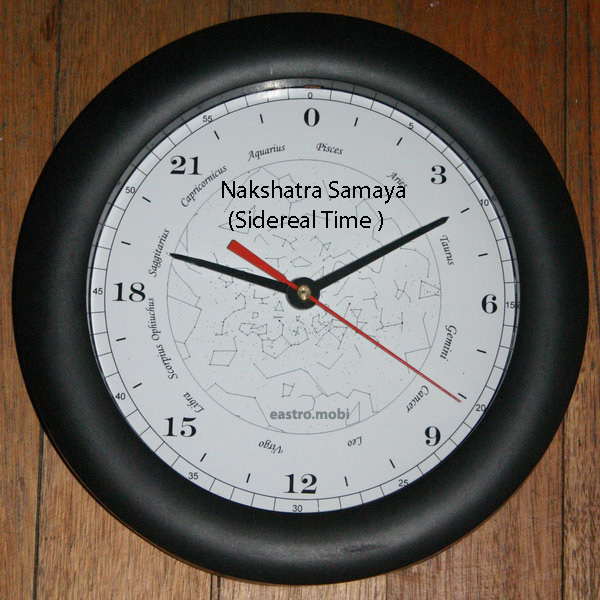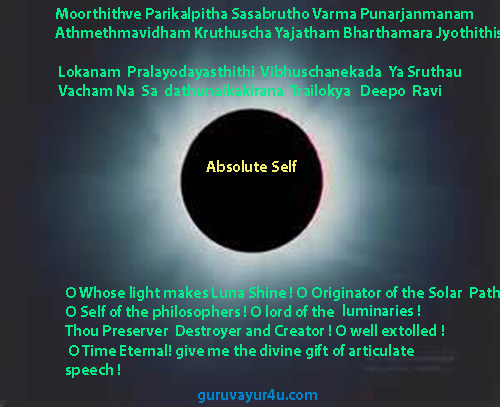Mathematical Astrology Part I
The Sixfold Source of Planetary Strength ( Shad Bala )
We have said that Vedic Astro Physics is the
integration of 3 sciences -

60 Shashtiamsas constitute a Rupa, a unit of planetary strength. A planet
Are planets weak in the Sixfold Strength?
Cancellation ( Bhanga ) they cause of Regal Yoga
And are harmful in their nature; O Learned One!
There are six kinds of potency in the Sixfold Method. They are
1) Positional Strength - Sthana Bala
2) Directional Strength - Dikbala
3) Temporal Strength - Kalabala
4) Motional Strength - Cheshtabala
5) Natural Strength - Naisargikabala
6) Aspectual Strength - Drik Bala
The calculation of each of these involves a fairly good knowledge of
astro-mathematical principles.
Application of the Sixfold Strength or Shad Bala

1) Positional Strength ( Sthana Bala )
|
|
Positional Strength consists of 5 major factors
1) Exaltation Strength ( Oocha Bala )
2) Strength in the Sevenfold Division ( Saptavargaja Bala )
3) Strength acquired in Odd & Even Signs ( Ojayugmarasyamsa Bala )
4) Angular Strength ( Kendra Bala )
5) Decanate Strength ( Drekkana Bala )
The strengths of planets are measured in Rupas. A Rupa consists of 60
Shashtiamsas.
1) Exaltation Strength - Occhabala
Deduct the Debilitation Point from a planet's longitude and you get the Oocchabala. If it is in excess of 180 degrees, deduct it from 360 degrees &